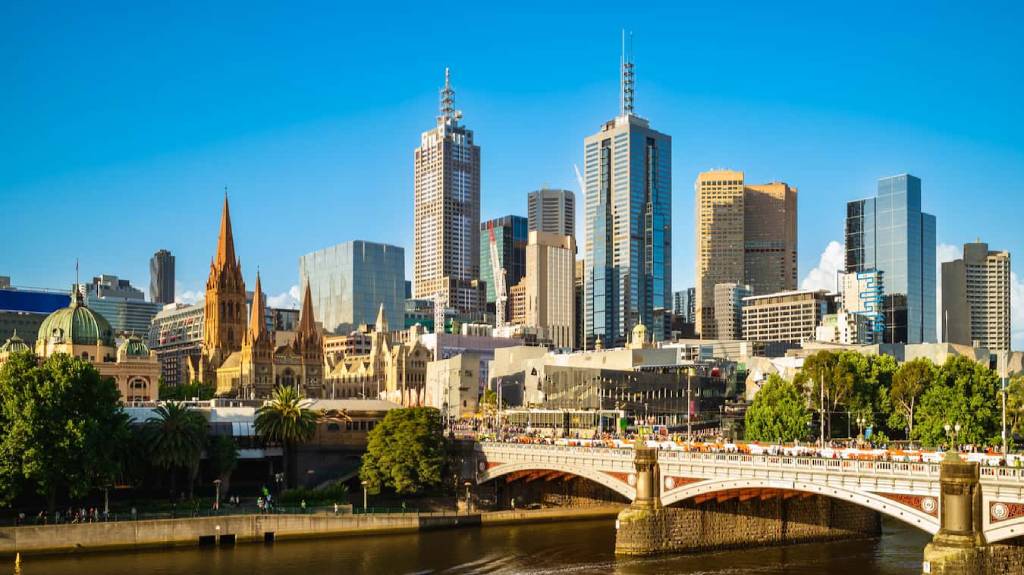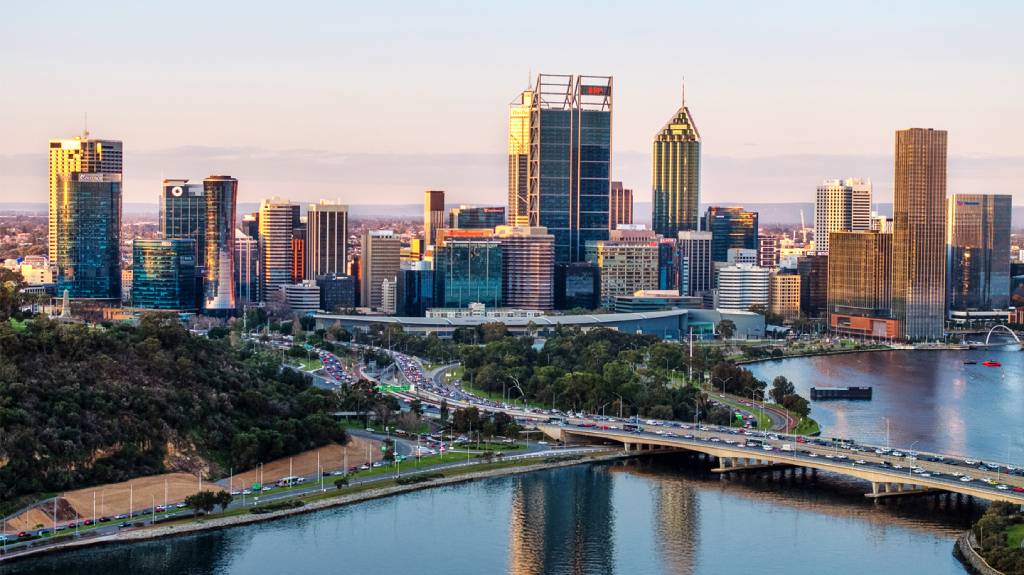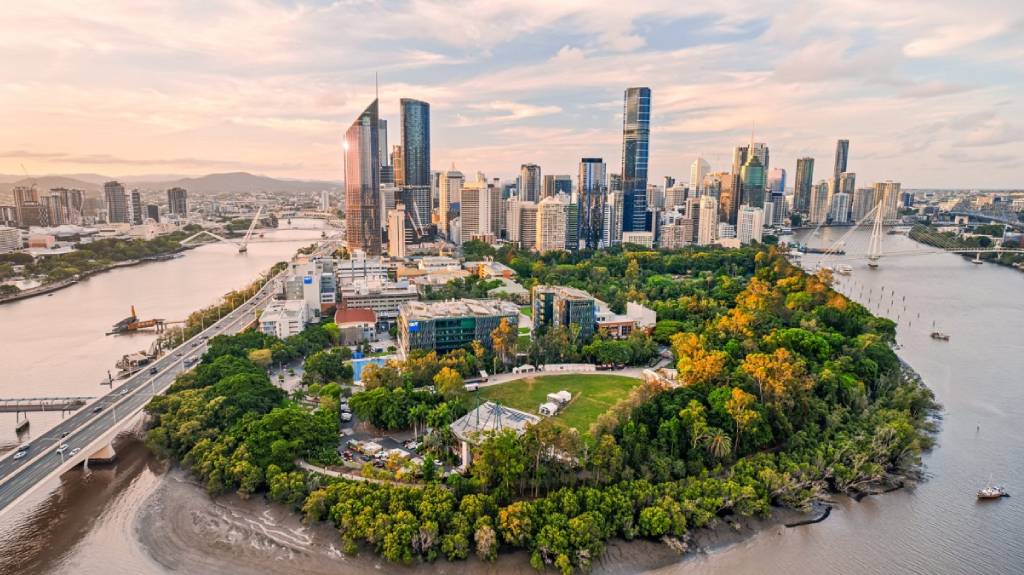
Brisbane is the sun-drenched, sub-tropical capital of Queensland, defined by its winding river and a relaxed, outdoor lifestyle. Nicknamed ‘Brissie’, the city embraces its year-round warm climate, encouraging residents and visitors alike to enjoy its beautiful parklands, vibrant cultural precinct, and riverside activities. It’s a city constantly evolving, with sleek modern architecture nestled beside historic Queenslander homes. The South Bank precinct, with its man-made beach and cultural institutions, is the heart of the city’s social life. Brisbane acts as a perfect launchpad for adventures to the stunning islands of Moreton Bay or the famed beaches of the Gold and Sunshine Coasts. If you’re seeking a city break with endless sunshine, access to incredible nature, and an easy-going vibe, Brisbane is your destination. Keep reading for my guide to exploring this energetic riverside capital.
Why Visit Brisbane?
Brisbane is Australia’s third-largest city, offering an enviable outdoor lifestyle, great weather, and a friendly atmosphere. Here’s why you need to put Brisbane on your list:
- South Bank Parklands: Relax at the iconic man-made beach, Streets Beach, or explore the Queensland Cultural Centre, home to world-class museums and galleries.
- Brisbane River: Take a free CityHopper ferry, climb the Story Bridge for panoramic views, or enjoy a walk or cycle along the extensive riverwalks.
- Subtropical Climate: Enjoy year-round beautiful weather perfect for outdoor dining, exploring the Botanic Gardens, and embracing the city’s active lifestyle.
- Gateway to Coasts and Islands: Take a short trip to the world-renowned Gold Coast and Sunshine Coast beaches or discover the natural beauty of nearby Moreton and North Stradbroke Islands.
- Arts and Culture: Immerse yourself in the Queensland Art Gallery and Gallery of Modern Art (QAGOMA), or catch a show at the Queensland Performing Arts Centre (QPAC).
Brisbane delivers a refreshing, energetic, and highly accessible Australian experience—a perfect destination for those who love city life with a relaxing, outdoorsy twist.
What Are the Best Things to Do in Brisbane? (For Your First Visit)
South Bank Parklands
Vibrant riverside oasis with man-made beach, markets, and playgrounds—stroll boardwalks, catch a show at the Wheel of Brisbane, or picnic under jacarandas. Hop-on hop-off tour via GetYourGuide exploring the precinct.
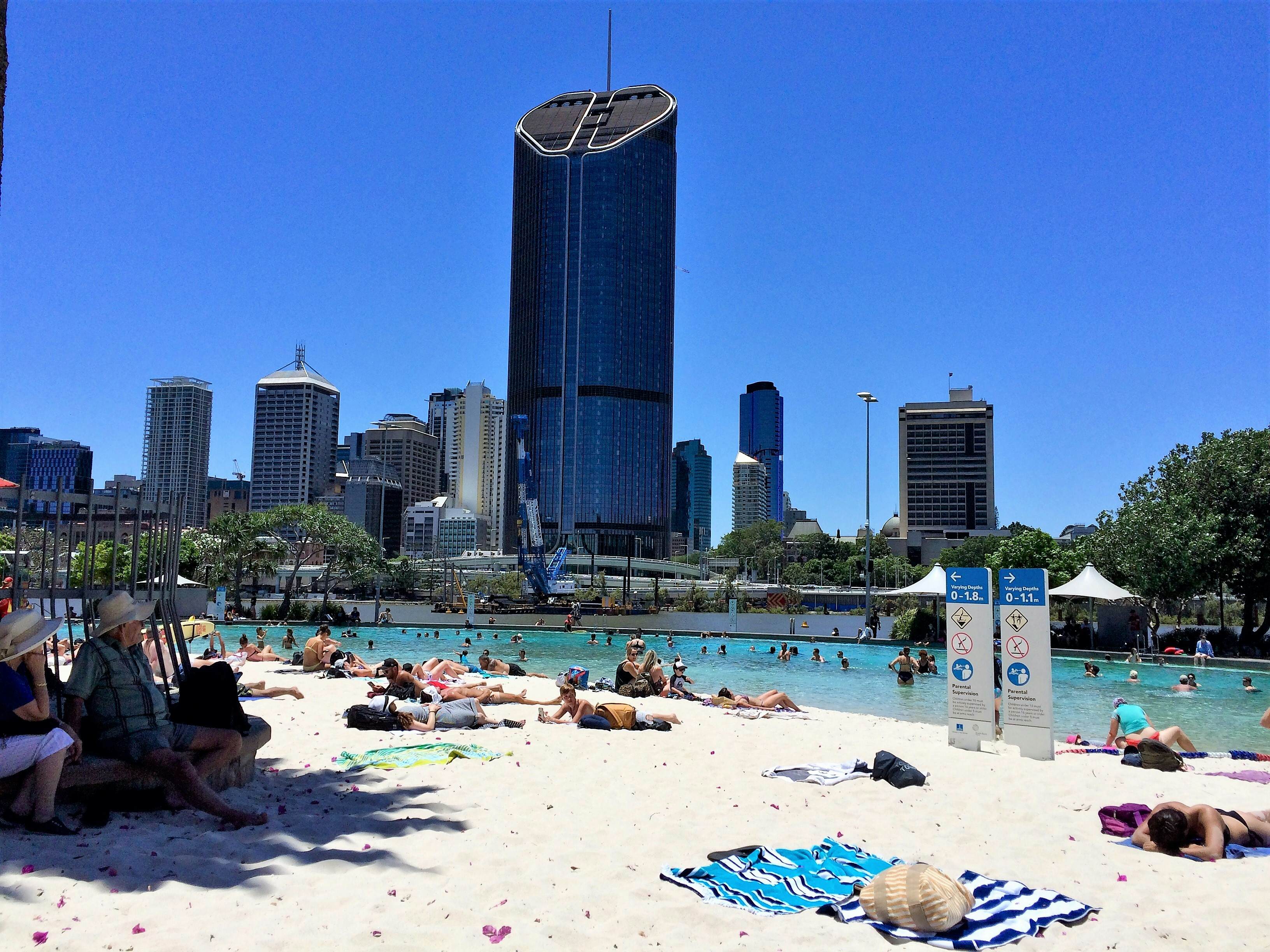
Lone Pine Koala Sanctuary
World’s oldest koala sanctuary with over 130 marsupials—cuddle a koala, hand-feed kangaroos, and spot platypuses in this riverside wildlife haven. River cruise and entry via Viator for animal encounters.
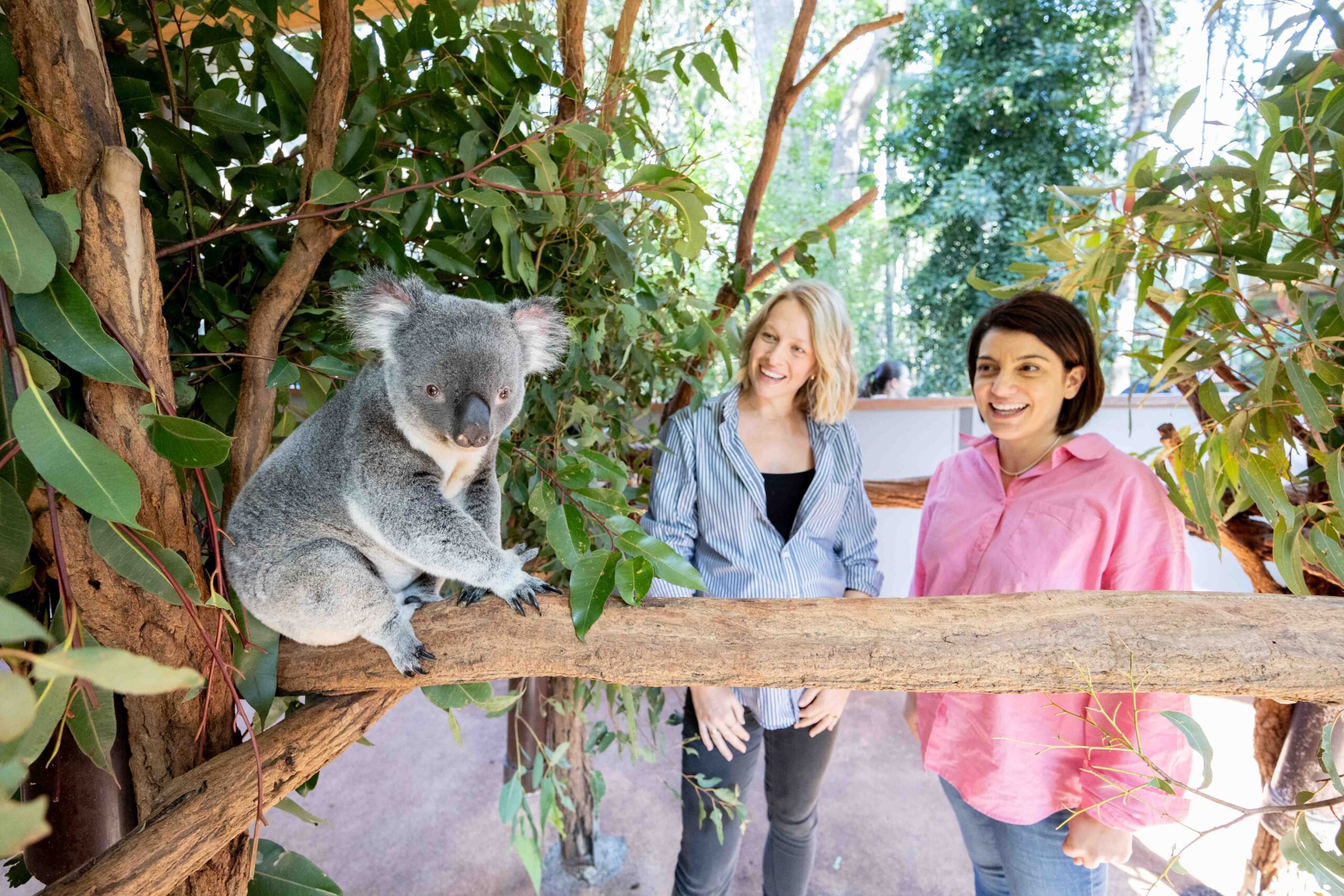
Mt Coot-tha Lookout
Hilltop vantage with 360-degree city and forest views—hike trails or dine at the Summit Restaurant while watching sunsets over Brisbane’s skyline. Guided summit tour via TripAdvisor with panoramic stops.
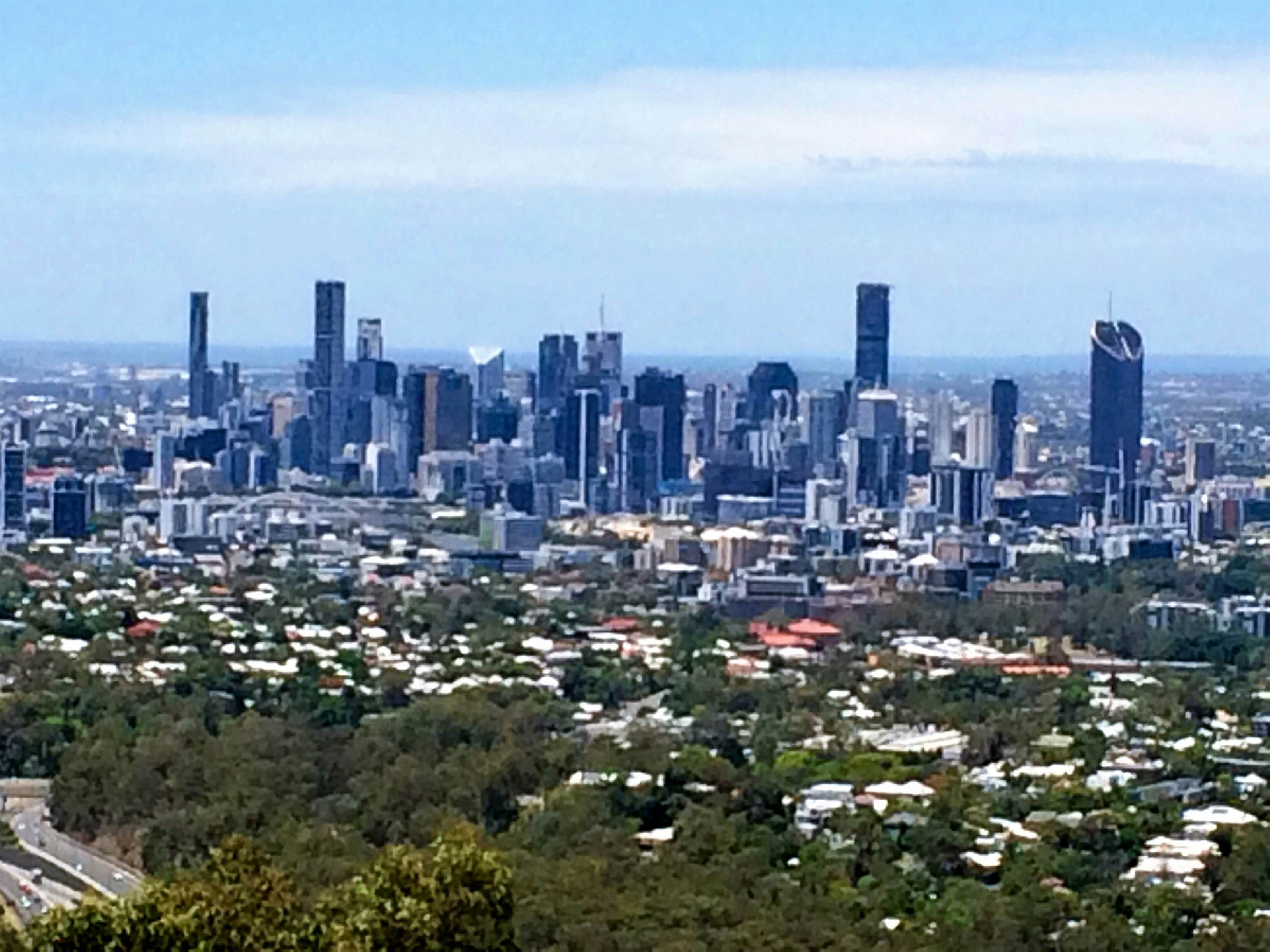
Story Bridge
Art Deco icon spanning the Brisbane River—climb its 282 steps for adrenaline-pumping views or cruise beneath for illuminated night magic. Adventure climb via GetYourGuide day or night.

Gallery of Modern Art (GOMA)
Contemporary showcase with bold installations and Asia-Pacific works—explore free exhibits in this riverside cultural powerhouse. Cultural tour via Viator including GOMA highlights.
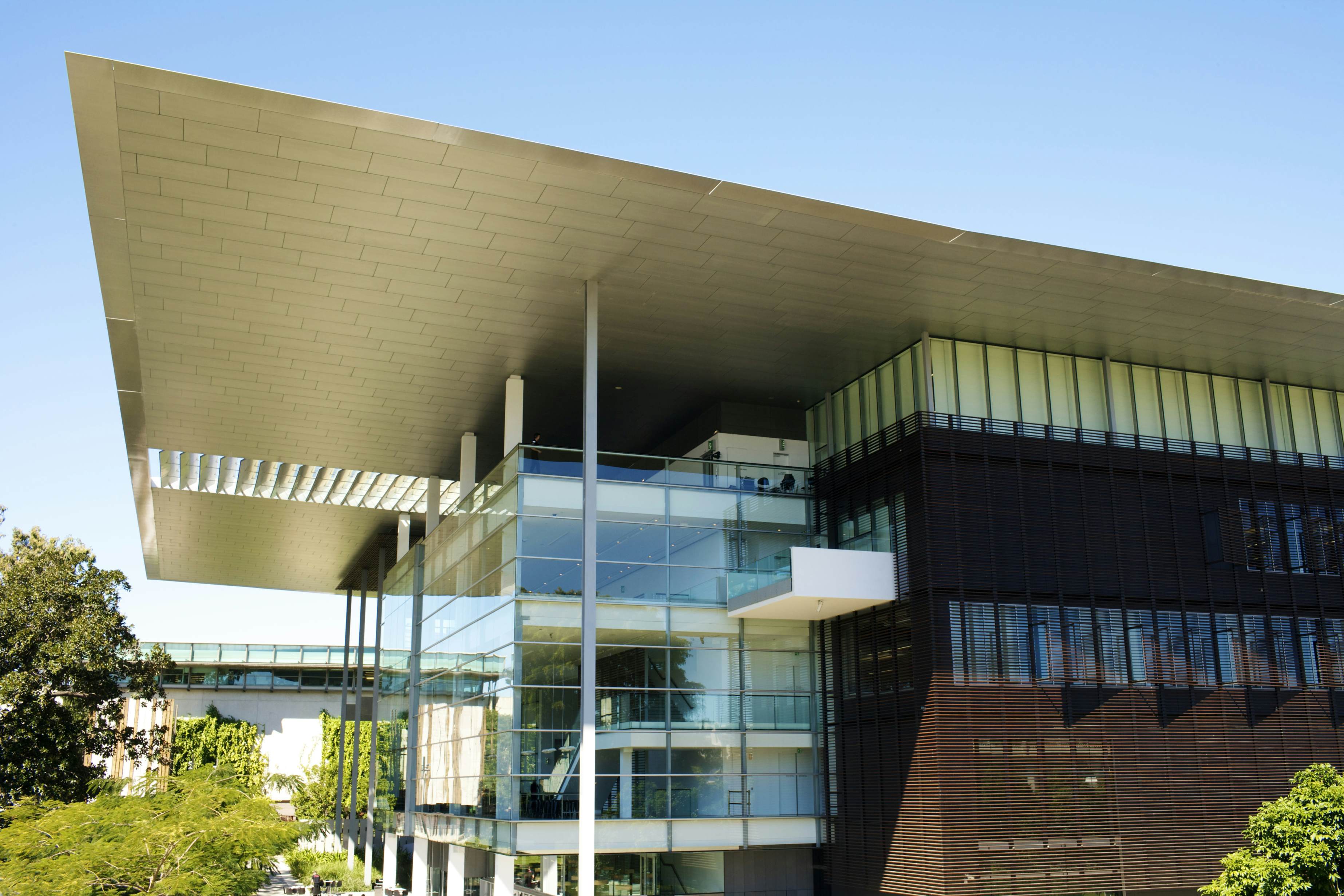
City Botanic Gardens
Historic 34-hectare haven of mangroves and figs—picnic by lily ponds or join a guided walk through subtropical splendor. Botanic gardens tour via TripAdvisor with flora facts.

Brisbane Powerhouse
Repurposed power station hosting edgy theater and riverside dining—catch avant-garde shows in this industrial-chic cultural hub. Cultural evening tour via GetYourGuide at the venue.
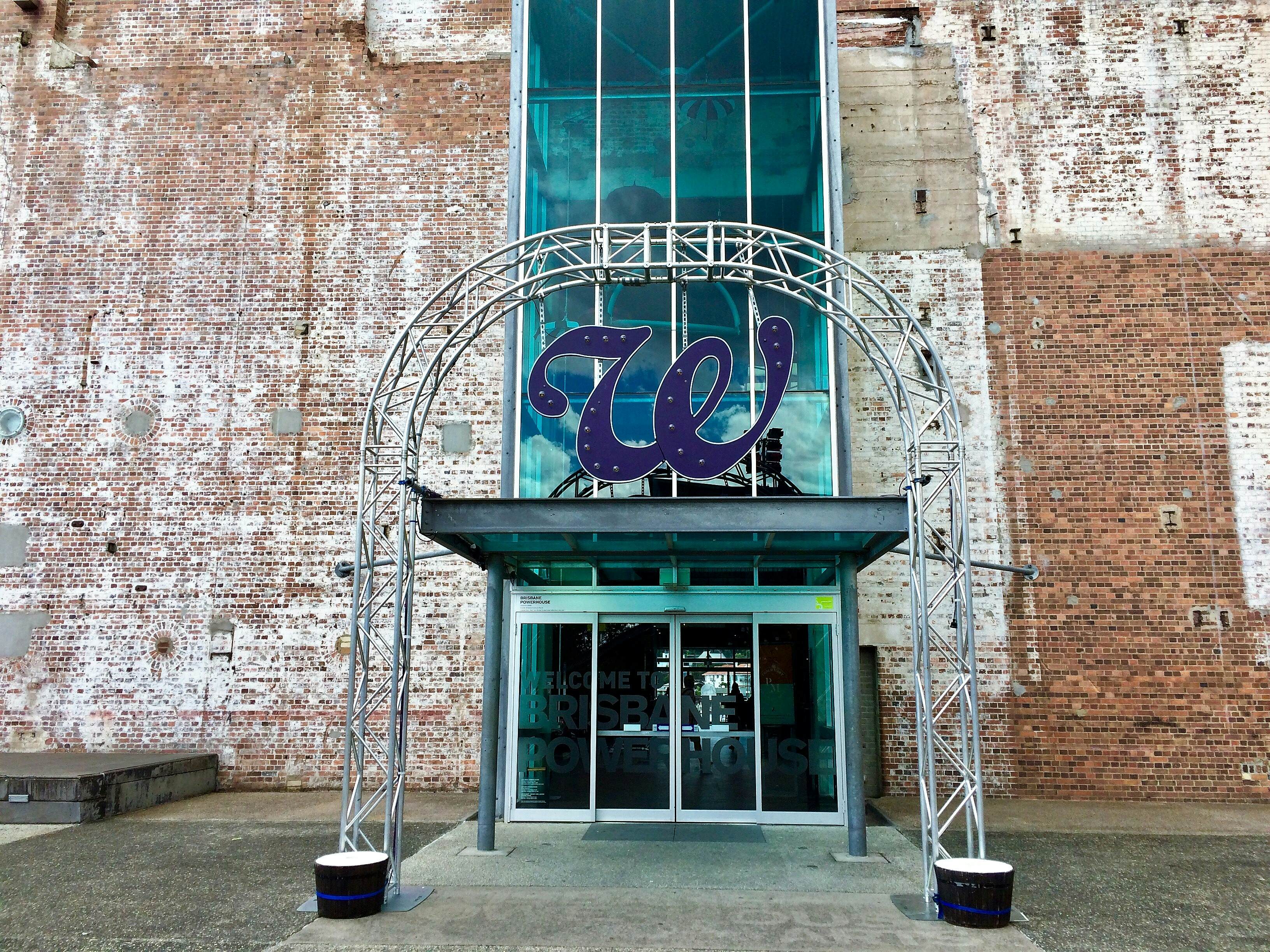
Queensland Art Gallery (QAG)
Treasure trove of Australian and international art from colonial to contemporary—meander galleries in the South Bank’s creative quarter. Cultural pass via Viator for QAG and GOMA.

Newstead House
Australia’s oldest surviving residence with manicured gardens—tour Regency rooms and learn colonial tales in this riverside estate. Heritage house tour via TripAdvisor with afternoon tea.
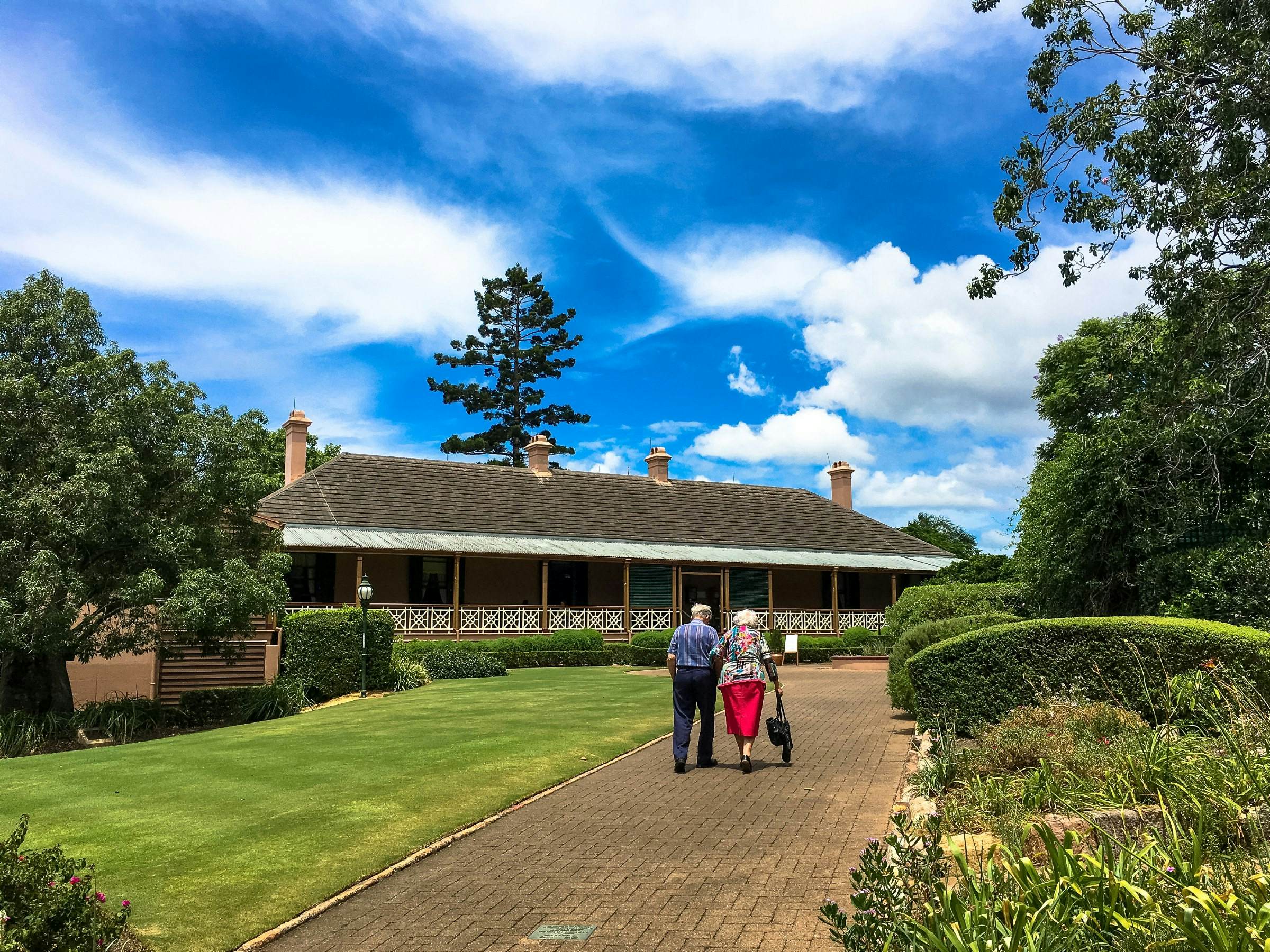
Roma Street Parkland
Subtropical urban retreat with themed gardens and waterfalls—wander lily ponds and exotic conservatories in this green lung. Guided park walk via GetYourGuide for horticultural secrets.

More Popular Tours in Brisbane
What’s the Best Month to Visit Brisbane?
For Brisbane’s subtropical climate, the best time to visit is during Autumn (March–May) and Spring (September–November).
These shoulder seasons avoid the intense heat and high humidity of summer and offer low rainfall, making the weather pleasantly warm and dry. October is often highlighted as the perfect month, with warm weather, low humidity, and the city’s beautiful Jacaranda trees often in bloom. Summer (December–February) is hot and humid, with the highest chance of heavy rainfall and thunderstorms, though the water is at its warmest for swimming. Winter (June–August) is the driest and most pleasant season, with mild, sunny days (highs around $21^{circ}text{C}$) perfect for outdoor activities like hiking and whale watching (June–October).
How to Get to Brisbane
Brisbane is served by Brisbane Airport (BNE), located 12 km northeast of the city. BNE is a major hub for Queensland and international flights—check WayAway for the best deals. From the airport:
- Airtrain: The fastest and most comfortable option, connecting directly to Central, Roma Street, and South Brisbane stations. ($20–$25, 20 min).
- Taxi/Ride-share: Convenient, but can be expensive and prone to traffic delays, especially crossing the Gateway Bridge. ($50–$70 to CBD, 25–40 min).
- Public Transport: While possible, it requires an Airtrain ticket or bus connection to the main TransLink network, often making the Airtrain simpler.
For regional travel, the train network connects easily to the Gold Coast and Sunshine Coast from Roma Street Station.
How to Get Around Brisbane
Brisbane’s public transport (TransLink) is excellent and relies on a mix of trains, buses, and, uniquely, ferries. All modes use the Go Card for ticketing, though contactless credit card payments are now also accepted.
- CityCat Ferries: Brisbane’s iconic river transport. The ferries are essential for seeing the city skyline and connecting popular spots like South Bank and New Farm Park.
- Trains & Buses: The extensive train network covers the metropolitan area, while buses are useful for cross-city travel and reaching the suburbs.
- Walking: The central CBD and South Bank are highly pedestrian-friendly, with bridges connecting the two major precincts.
- Go Card: Purchase a rechargeable Go Card ($10 refundable deposit) at stations or retailers for discounted fares across all modes.
Tips for Tourists Using Transport:
- Take advantage of the CityHopper—a free ferry service that connects key points in the inner city along the river.
- Travel outside of peak hours (7-9 am and 3-6 pm) for cheaper off-peak fares on the TransLink network.
- If planning day trips, a rental car is necessary for places like the Gold Coast hinterland.
Conclusion: Brisbane is a sunny, river-focused city best navigated by its unique transport mix. Rely on the efficient TransLink system, specifically the beautiful CityCat ferries, to hop between destinations, and enjoy the connected, walkable core. Discover the modern, relaxed charm of Queensland’s capital with our detailed Brisbane guide!
Note: This article contains affiliate links. If you purchase something I’ve recommended, I’ll earn a small commission at no extra cost to you. I really appreciate your support and I hope this guide helps you ♡








